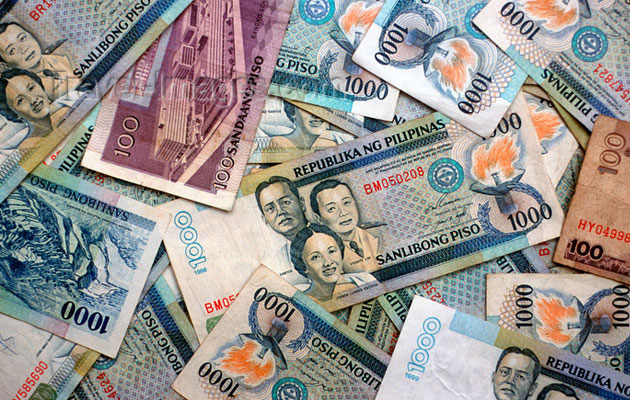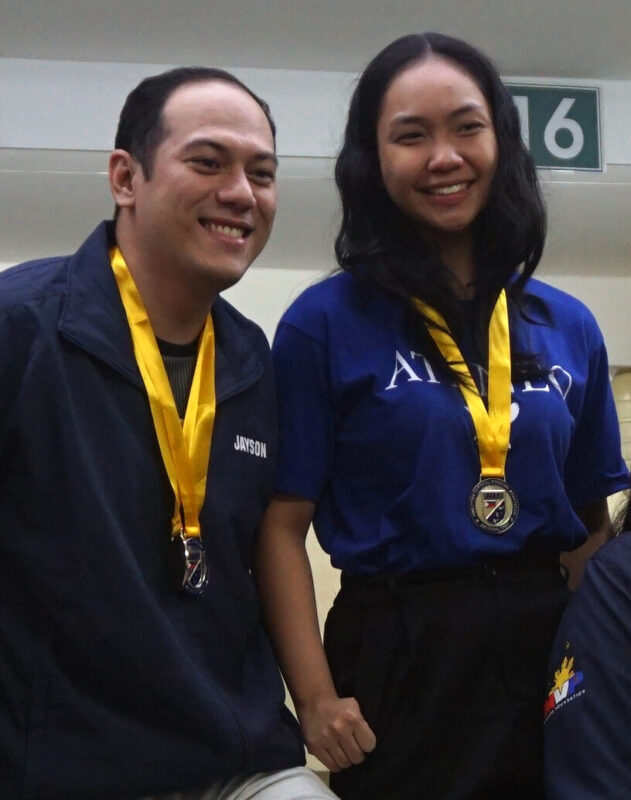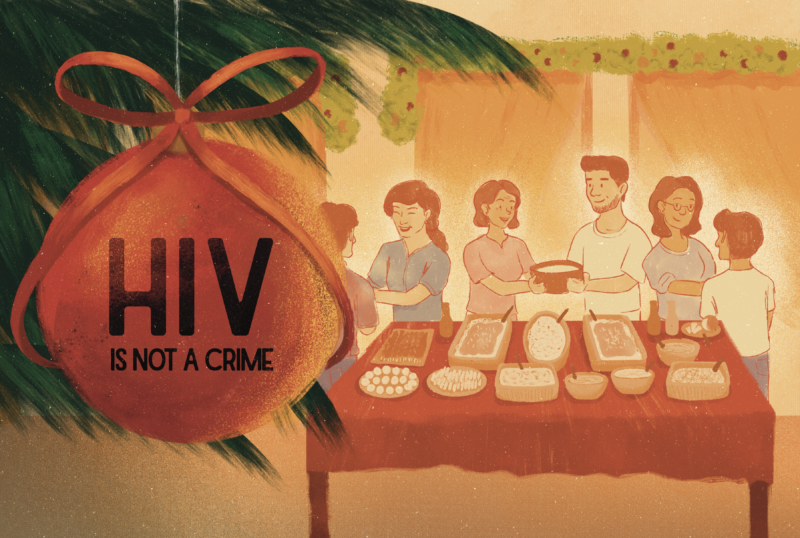It is the biggest yet and was ratified exceptionally early. However, size and timing are insufficient indicators of whether the 2012 national budget was allocated well. The GUIDON reviews the 2012 national budget: on where the taxes we pay will go, and how these funds will be spent.
DIVIDING A budget among dozens of sectors, agencies and executive departments is a lot more daunting than slicing a pie into equal pieces. With competing demands for a bigger slice of this year’s budget, the approved P1.8 trillion budget has received mixed reactions—genuine optimism from some, glaring dissatisfaction from others.
Of P1.816 trillion, the Bureau of Customs and the Bureau of Internal Revenue is slated to collect P1.568 trillion in taxes, while the remaining balance of P286 billion will come from loans.
Regarded as a “Results-Focused Budget,” the General Appropriations Act of 2012 is geared towards yielding clear results from every government-funded project, and ensuring that outputs from the budget allocations reaches the poor directly.
In his sponsorship speech last year on the proposed 2012 budget, Senator Ralph Recto compared this year’s budget to that of 100 years ago, calculating that P30.2 million’s worth of expenditures in 1912 is what government intends to spend in roughly eight minutes this year.
He emphasized, however, a more crucial point in his speech—a point often overlooked in the fine print of every General Appropriations bill passed: “Every peso that will be spent will be collected from the people.” In fact, in another mathematical illustration, he said, “Taxes from automobile sales of about P2.9 billion is what the Department of Transportation and Communication will spend in about a month and three days in 2012.”
Despite the obvious fact that the taxes we pay keep the government financially afloat, what remains less clear is whether the government is putting taxpayers’ hard-earned money into good use. There is that whole question of whether government spending of taxes can indeed be seen as a kind of investment, something that would justify the people’s trust that their money is being spent for the lasting betterment of their own country.
Education, economy, social services
The education sector is given one of the largest slices of the budget pie (P238.8 billion), but it is still insufficient to address current shortages in faculty salaries, classrooms and learning materials. The University of the Philippines, for example, proposed a P17.07 billion budget for 2012, but only P5.54 billion has been allocated to the institution.
The economic sector’s P438.8-billion budget is geared towards economic development programs and job generation, while P568.6 billion is designated for the reduction of poverty. This poverty alleviation, or “social services,” allocation, as stated in the budget summary, comprises of sections of the education and economic sector budget appropriations.
Cherryl Si, a former field researcher for the Ateneo School of Government and currently working in social enterprise development, said that this year’s budget was well planned and reflects the priorities of the administration. “I like the way it was crafted—with consultations from different stakeholders, and with particular emphasis on the needs of the poor,” she said.
Funding a country’s makeover
Infrastructure projects for economic development and the physical makeover of the country receive P181.8 billion. This allocation will cover the construction of access roads connecting airports and ports to various tourist spots, such as Aklan (Boracay), Palawan, Bohol and Cebu, in order to boost the tourism industry. Other projects include better national roads, farm-to-market roads, airports and agricultural facilities.
Particularly notable is the P1 billion allotment for the rehabilitation of the 30-year-old Ninoy Aquino International Airport, which has been widely derided as one of the “world’s worst airports.”
“Diretso sa tao”
The administration seeks the assistance of the private sector through the government-initiated Public-Private Partnerships (PPP) program, geared to carry out projects partially funded by the private sector, as well as through partnerships with the Australian and Canadian governments.
Sixteen projects worth P154 billion will be put in motion this year, including a School Infrastructure Project (P10.4 billion), Mactan Terminal 2 Airport Development (P10.15 billion), a new Bohol Airport (P8 billion), and LRT 2 East Extension (P11.3 billion).
In light of the challenges brought forth by typhoon Sendong, the Department of Labor and Employment has recently tapped the 2012 budget to fund a P7-million emergency employment program for displaced workers in Northern Mindanao.
Focusing on transparency
It is every taxpayer’s wish after giving away a portion of his or her salary and paying the oft-resented value-added tax when shopping: to see where taxes are being spent. This year, the Aquino administration is pushing for the full disclosure of the budgets of all local government units. Plans to digitize government financial operations are also underway, with a focus on the reduction of human intervention and making transactions and processes with government agencies more efficient.
The Government Integrated Financial Management Information System seeks to integrate the financial management of four government financial agencies, as an effort towards greater transparency. The website gov.ph is also being envisioned to be the one-stop online source for government financial transactions.
Moreover, the Department of Budget and Management (DBM) did not allow government agencies to submit budget proposals with merely the lump sum indicated. Budget plans from here on out must outline each allocation’s specific purpose or scope. “The Aquino government wants to move towards budgeting that enables the people to inspect each and every detail of how the government intends to spend their money,” said Secretary Florencio Abad in a press release.
Criticisms and concerns
The 2011 budget was underspent, resulting in less-than-ideal economic activity and the lowest gross domestic product in Southeast Asia. It remains to be seen whether this year’s budget will fare better in pushing the country’s economy forward.
The budget is likewise geared towards the achievement of the Millennium Development Goals by 2015 and the fulfillment of Aquino’s so-called Social Contract with the people, highlighting five points: accountability and transparency, poverty reduction, economic growth, peace and justice and environmental sustainability.
However, even with the well-articulated goals, the only way the national budget will achieve these is when every allocation to every agency is spent as it is planned from the very start—free of corruption, unnecessary delays and red tape.
Omi Castañar, executive assistant at the DBM and former Sanggunian president, is optimistic about this year’s budget, particularly in boosting the nation’s economy. “Our country has infinite needs but our resources are finite. But there is a hierarchy of needs and values. The Aquino administration is clear towards its bias towards the poor and the vulnerable,” he said.
Like one resolving to be a wiser spender, the government ought to commit to spending this year’s budget with accountability, consistency and proper discipline. While the budget has been laid out, the spending has only begun—and it is a fresh chance for the government to use taxes more wisely than before.






[…] posted by The Guidon Categories : Opinion | Tags : 2012, budget, campus journalism, campus […]